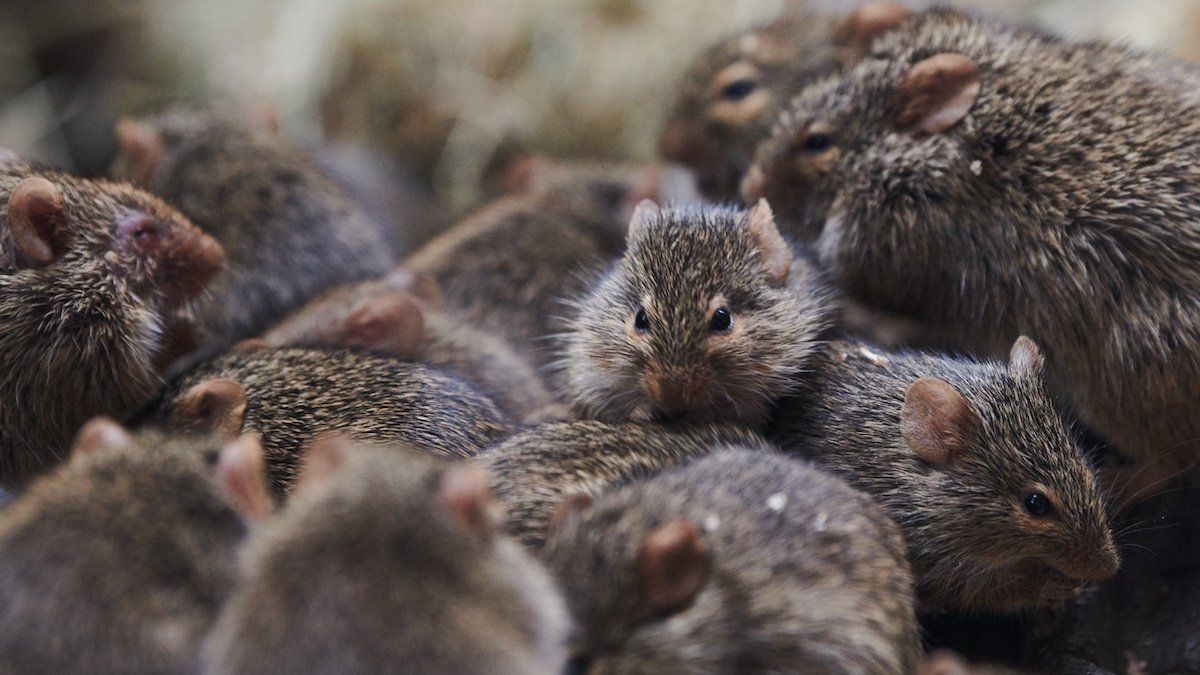First, it was Russia. Now, it’s… rodents? The trenches in Eastern Ukraine have become infested with an army of mice and rats, wreaking havoc on soldiers’ mental and physical health.
Why now? Experts say the reason for the rodentine irruption can be found in the fields: War limits the harvesting of crops, leaving more for rodents to feast on. This helps them thrive and reproduce, resulting in exponentially more mice and rats looking for warmth and food in the trenches.
While there, they spread disease, chew through rations, and make themselves at home inside military equipment – here, for example, are hundreds of mice pouring out of a Russian tank. Crucially, their nocturnal gnawings also rob soldiers of desperately needed sleep.
The rat problem reflects a bigger issue: The rats are skittering through a stalemate. Both sides are ramping up air attacks, but the ground game – the focus of the conflict – has ground down. The only thing that would break the deadlock is a massive upgrade in military technology or manpower for one side or the other, but that doesn’t look likely. Russia is hemmed in by sanctions, while Ukraine is constrained by weakening Western support. Both sides are wary of expanding conscription anymore.
The ratting is on the wall: With the trenches becoming ever more entrenched, a de facto partition of Ukraine is becoming more likely by the day. (See our Eurasia Group friends’ 2024 Top Risk on this very subject.)





